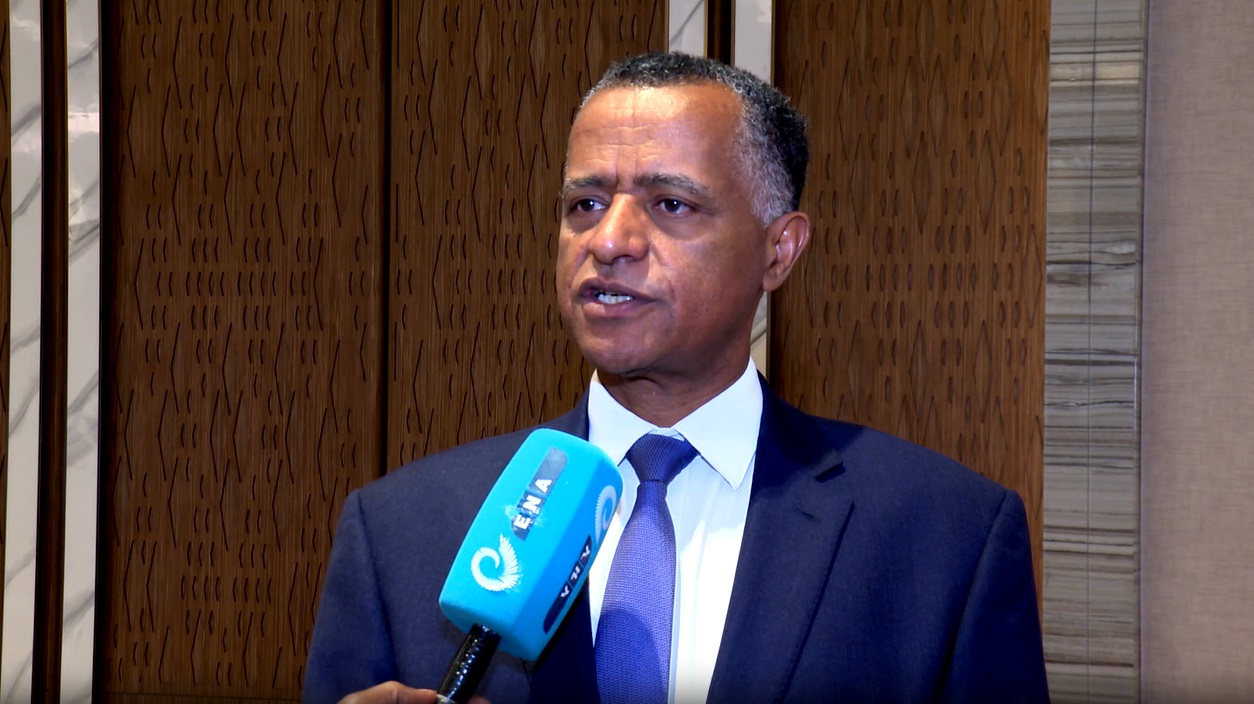
Our Projects are
Transforming African Trade
Quick Contacts
2nd Floor, Fidelity Insurance Centre Waiyaki Way, Westlands

Addis Ababa July 13/2024 (ENA) Ethiopia is actively pushing for regional integration not only in terms of trade but also several areas such as infrastructure and energy; and it can in fact be described as even a leader of the African integration journey, ECA experts noted.
In an exclusive interview with ENA, African Trade Policy Center Coordinator at ECA Melaku Desta said Ethiopia can be seen as an active participant and a leader in the journey towards African integration.
This involves efforts to improve and expand physical connectivity such as roads, railways, ports, and energy networks that link Ethiopia with its neighboring countries and the broader region.
By investing in and enhancing infrastructure, Ethiopia aims to facilitate smoother trade flows, foster economic cooperation, and strengthen political ties with its regional neighbors, Melaku elaborated.
He further explained that historically, Ethiopia has not been extensively engaged in regional integration efforts. Its approach to such initiatives has often been characterized as reluctant.
But, over the past six years, Ethiopia has significantly shifted its stance on regional integration by actively leading both the negotiations and the implementation of the African Continental Free Trade Area (AfCFTA) agreement.
“Ethiopia is actively pushing for regional integration not only in terms of trade but also several areas in terms of infrastructure, energy trading and others. I think right now, Ethiopia can be described as an active participant and even a leader of African integration journey”
Participation and implementation of the African Continental Free Trade Area (AfCFTA) offer immense benefits to Ethiopia, he noted.
The AfCFTA aims to create a favorable business environment for Ethiopian businesses within the country and to unlock market opportunities across the entire continent, which comprises 1.4 billion people with a collective spending capacity exceeding 3 trillion US dollars.
Accordingly, companies deciding to invest in Ethiopia and establish a production plant can benefit significantly.
They are not limited to the capacity of the Ethiopian market alone, the coordinator said, adding that through the AfCFTA, they can produce goods for a vast market across Africa without facing restrictions, duties, tariffs, or other barriers such as quantitative restrictions or quotas.
For his part, Transport and Infrastructure Economist at ECA, Yonas Bekele, emphasized that infrastructure integration in Africa is now more crucial than ever.
It serves to recalibrate Africa’s growth strategy by boosting intra-regional trade, especially amid global isolation, protectionism, and supply chain disruptions, he said, adding that this is particularly evident from the impacts of the COVID-19 pandemic and ongoing geopolitical conflicts in regions like Ukraine and Palestine.
“We know that infrastructure development and integration can act as a catalyst for trade innovation, income improvement in the continent. But the importance of infrastructure development for intra-regional or integration in the continent has been duly recognized by our member states, including Ethiopia.”
The government did a lot of encouraging initiatives for an effective and accessible infrastructure, which basically is an essential achievement for regional integration for the sustainable economic development of the country, he elaborated.
“Ethiopian infrastructure success includes, developing Ethiopian airlines, upgrading network of trunk roads, rapidly expanding access to water and sanitation, including the ongoing corridor development that elevates the city’s reputation serve as a cornerstone for construction of modern urban center,” according to Yonas.
He further appreciated Ethiopia’s efforts in exporting electricity to neighboring countries and its work to expand crucial road infrastructure, which enhance regional integration.
Read original article
Disclaimer: The views and opinions expressed in this article are those of the authors and do not necessarily reflect the official policy or position of TradeMark Africa.